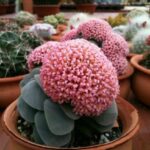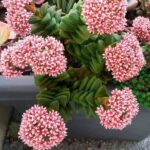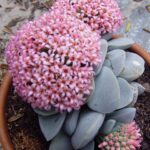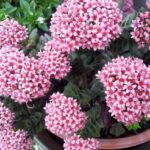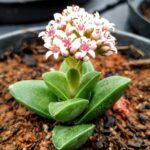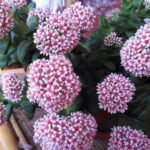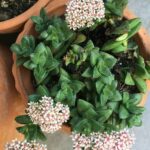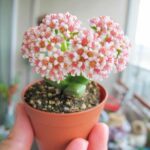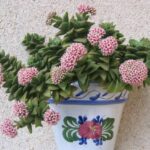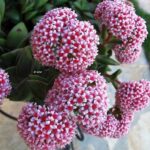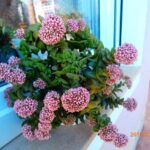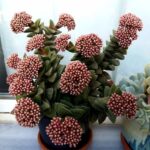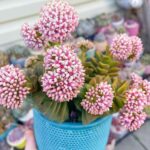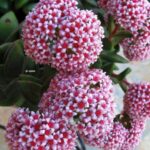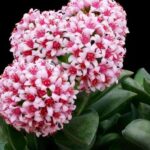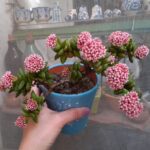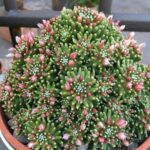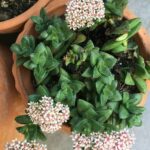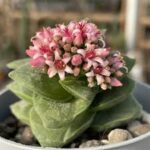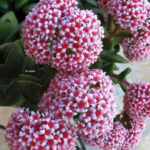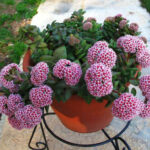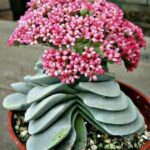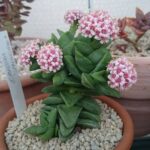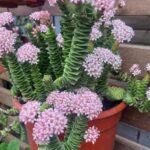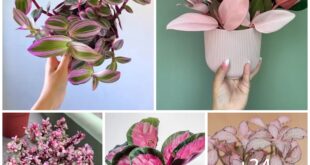Spring crassula does not need much water. For many beginners, watering is the most difficult problem. In fact, it is not recommended to water at a fixed time, but rather pay more attention to the condition of the succulents and specific weather conditions. You can find out how to water the succulent correctly using the following five aspects.
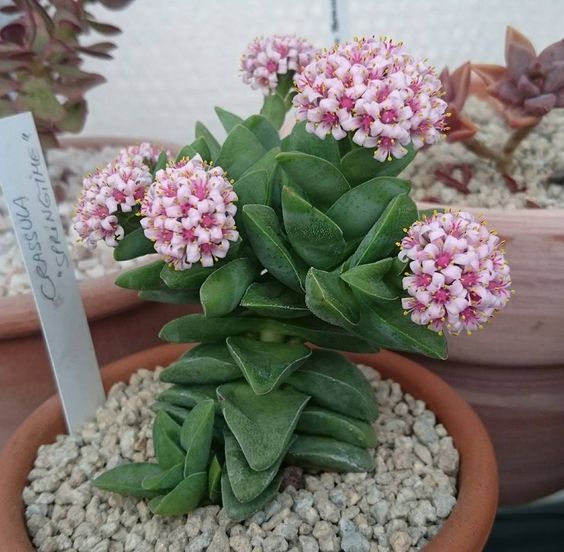
A. Weather: In hot weather or low temperatures, the succulent goes dormant. During this period, watering should be reduced slightly, usually every 1-2 weeks. Since the growth of succulents basically stagnates when they are dormant, the absorption of water and nutrients occurs quite slowly. At the same time, it is necessary to keep the environment dry and ventilated. Frequent watering can cause succulents to die due to black rot.
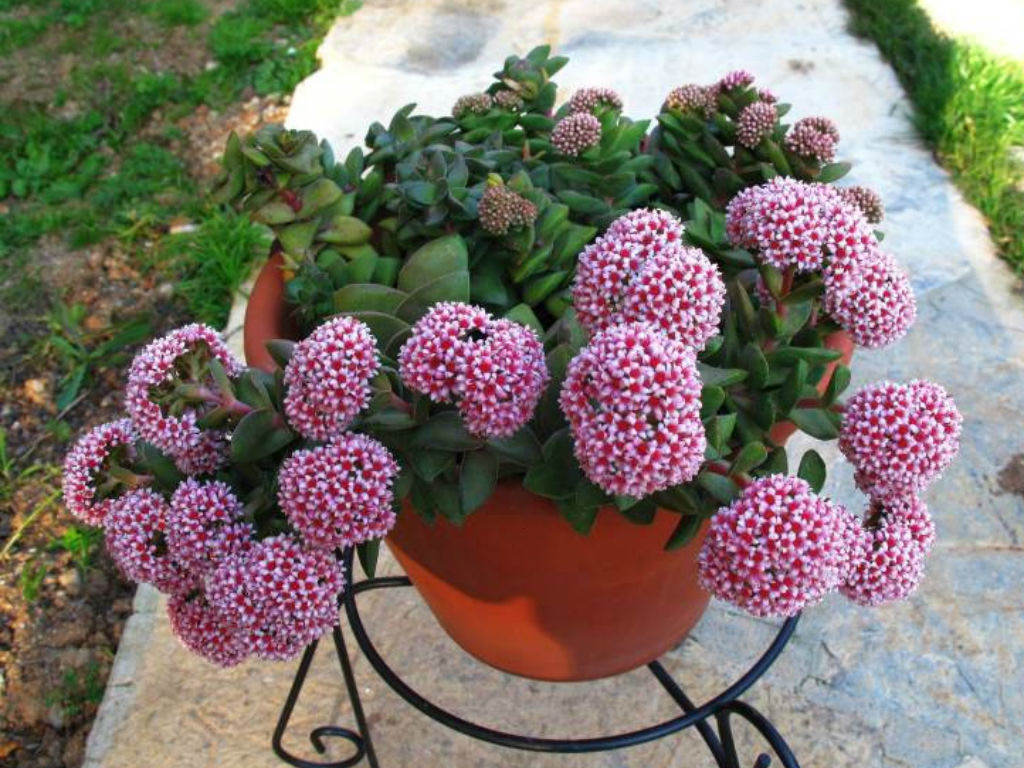
B. Time: In summer, it is better to water in the evening to avoid the midday sun, as high temperatures make the freshly watered soil stuffy and make the root system susceptible to black rot; In other seasons it doesn’t matter.
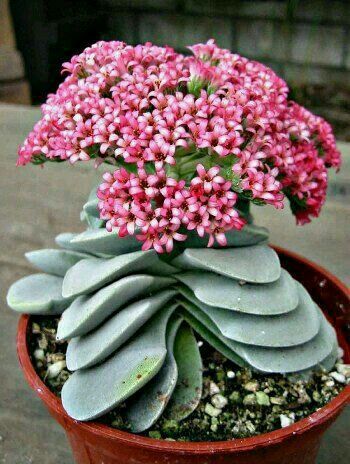
C. Succulent plant condition: When there is a lack of water, the succulent plant shows some obvious symptoms. Healthy leaves of Astridia velutina or Lithops sp. When they run out of water, they wrinkle and even curl up. In some succulent varieties, such as Monilaria obconica and Phyllobolus resurgens, the leaves droop and droop when they lack water. This is the signal sent by the succulent for lack of water.
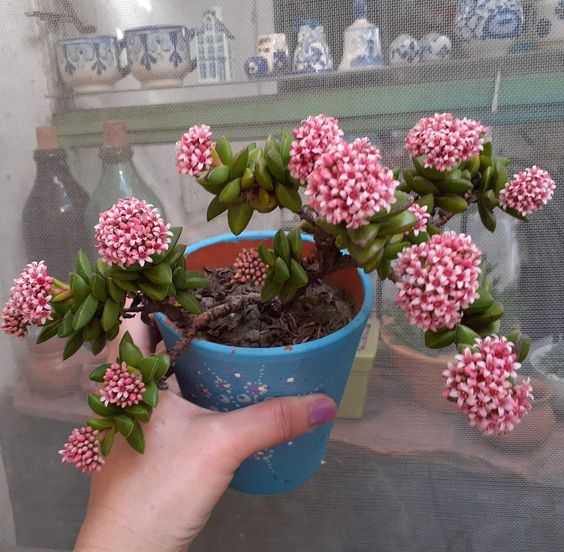
D. Soil: You can also determine whether you need to water by observing soil moisture changes. For potted succulents, you can weigh the pot in your hand to easily assess how much water is left in the soil, as the weight of the soil varies greatly when there is enough water or not. If there is a gap between the outer edge of the soil and the inner edge of the pot or the surface of the soil has cracks, this is also a sign of lack of water.
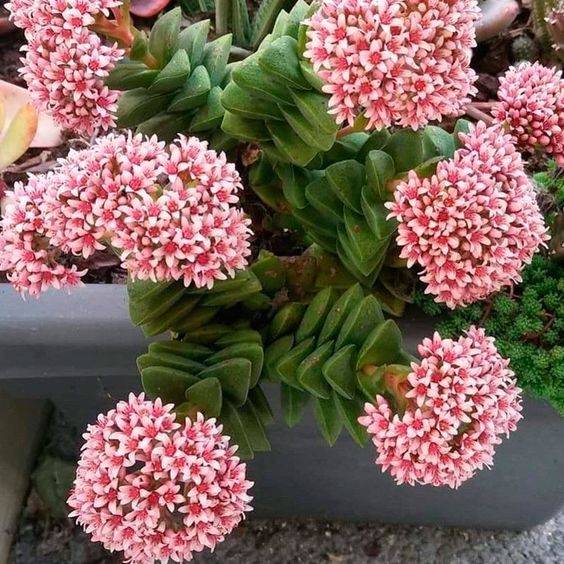
E. Pot: for pots with good air permeability, such as B. red pots in which water is not easy to hold, so the frequency of watering may be higher; For white porcelain pots or pots without holes, the frequency of watering may be lower.
 careyfashion.com Carey Fashion
careyfashion.com Carey Fashion
